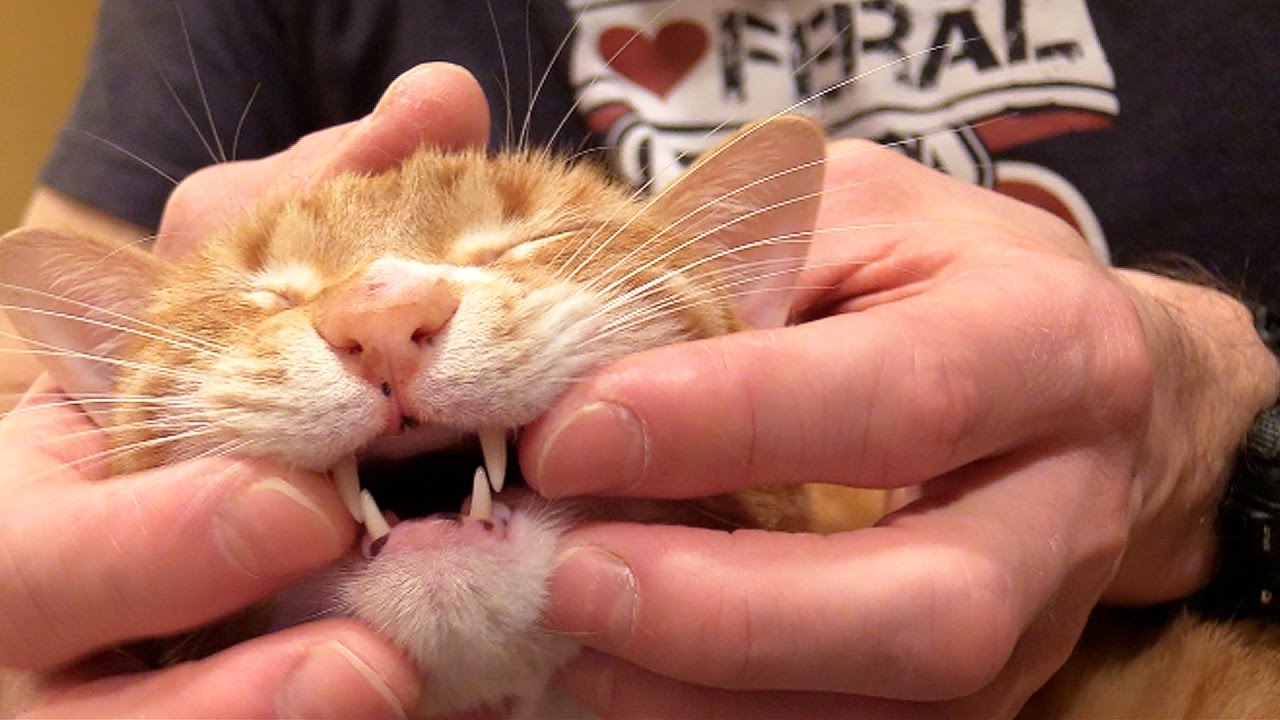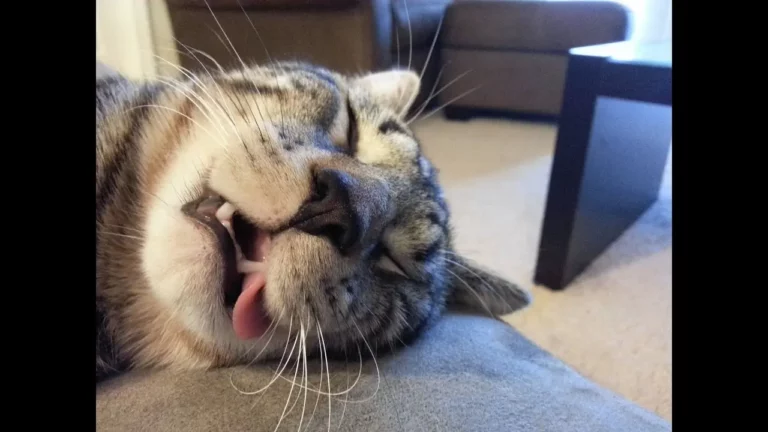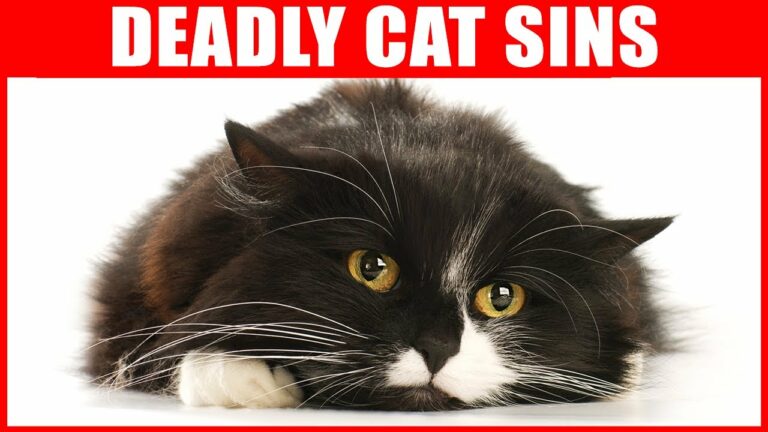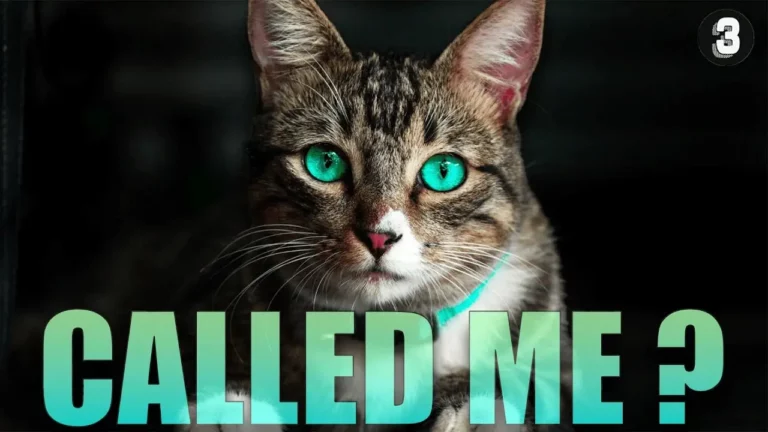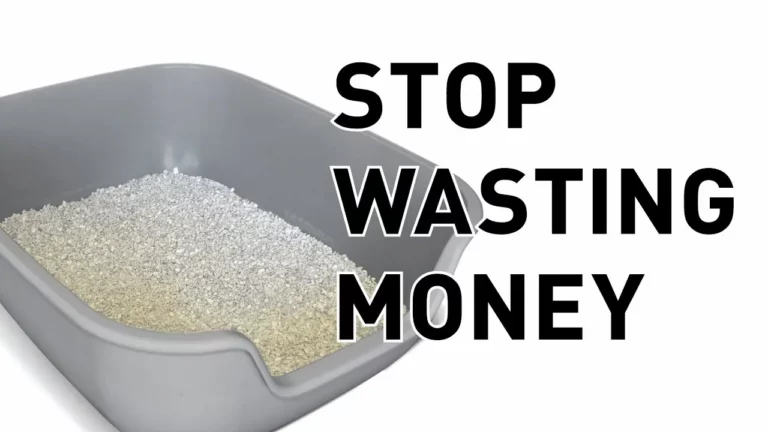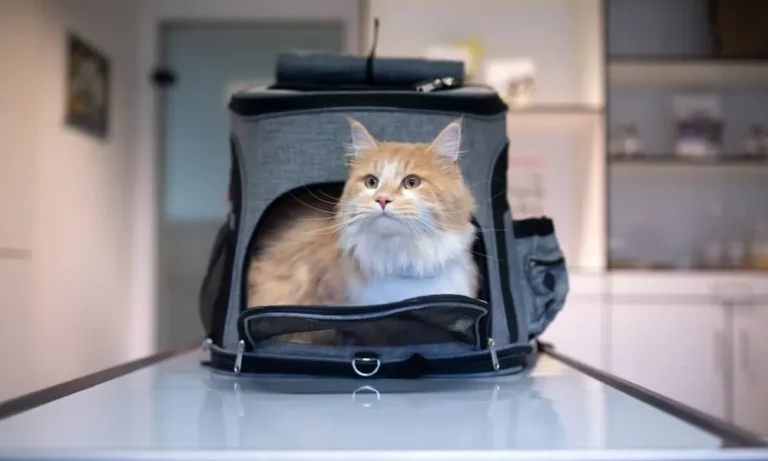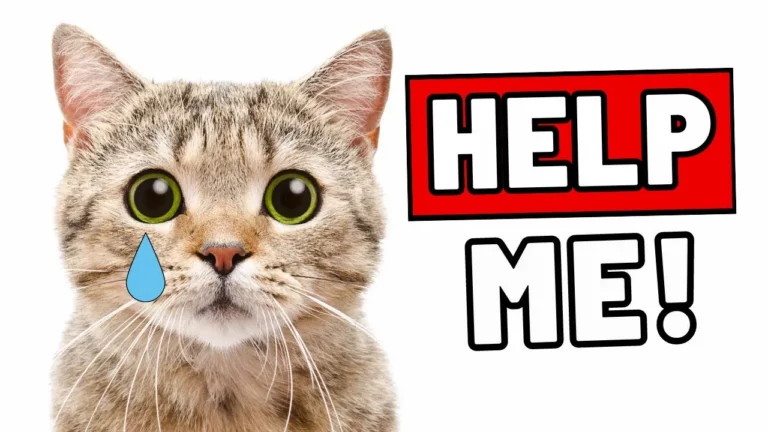Did You Know You Can Tell a Kitten or Cat’s Age by Their…Teeth?
Did you know you can tell a kitten or
By simply observing the development and condition of their incisors, canines, premolars, and molars, you can estimate their age with surprising accuracy.
For instance, kittens start growing their baby teeth at just a few weeks old, and these are gradually replaced by permanent teeth as they mature.
But that’s not all; dental wear and tear can also offer clues about an older
Curious to know how these dental changes unfold and what they reveal about your
Baby Teeth Eruption
Kittens typically start to get their baby teeth, also known as deciduous teeth, when they’re around 2 to 3 weeks old.
These tiny, sharp teeth begin to erupt through their gums, marking the beginning of their teething process.
You’ll first notice the central incisors appearing, followed by the lateral incisors.
By the time your kitten is about 4 weeks old, they should have a full set of incisors.
Next, around 3 to 4 weeks, the canines, or fangs, start coming in.
These are the long, pointed teeth that give cats their iconic smile.
Shortly after, at about 4 to 6 weeks of age, the premolars begin to make their appearance.
By the time a kitten reaches 6 to 8 weeks, they typically have all 26 of their baby teeth in place.
This phase of teething can be uncomfortable for kittens, so you’ll notice them chewing on toys and other objects to alleviate the discomfort.
Providing soft chew toys can help ease their gums during this period.
Monitoring your kitten’s baby teeth development not only gives you insight into their age but also ensures their oral health is on track.
Permanent Teeth Development
Around 3 to 4 months of age, young cats begin to lose their baby teeth as their permanent teeth start to emerge. This shift marks an important phase in their development.
By the time your kitten is about 6 to 7 months old, they should have a full set of 30 permanent teeth. These include incisors, canines, premolars, and molars.
You can monitor this process by gently examining your kitten’s mouth.
You might notice small gaps where baby teeth have fallen out or see new teeth pushing through the gums.
It’s normal for kittens to experience some discomfort during this period, so providing them with soft food and toys designed for teething can help alleviate their distress.
Pay attention to the order in which the teeth appear. Typically, the incisors come in first, followed by the canines, premolars, and finally the molars.
If you notice any irregularities, such as teeth coming in crooked or signs of infection, consult your veterinarian.
They can provide guidance and ensure your kitten’s dental health is on track.
Understanding this stage of dental development helps you care for your kitten properly, making sure they grow into a healthy adult
Signs of Wear and Tear
As cats age, their teeth often show signs of wear and tear that can help determine their age.
You’ll notice changes like discoloration, which occurs as the enamel wears down and exposes the dentin underneath, giving the teeth a more yellow or brownish hue.
Chips and cracks can also appear due to the natural use of their teeth over time. These physical signs become more pronounced as your
Another sign to watch for is the wearing down of the teeth, particularly the incisors and canines.
In younger cats, these teeth are sharp and pointed. As they age, the tips of these teeth may become blunted or even rounded.
This wear is a natural consequence of years of chewing on food, toys, and other objects.
Additionally, tartar buildup is a common indicator of age.
While younger cats may have little to no tartar, older cats often have more significant tartar deposits, especially along the gum line.
This buildup can cause the teeth to appear darker and may lead to gum inflammation.
Dental Health and Aging
The state of a
As your
For instance, kittens have bright white, small teeth that are sharp and clean.
As they grow into adulthood, their teeth might start to show some wear and tear, like slight yellowing or the development of tartar.
Around the age of three, adult cats often have more noticeable dental issues.
You might see plaque buildup or even some gum inflammation.
By the time a
Teeth may be worn down, heavily yellowed, or even missing, and gum disease becomes more prevalent.
Maintaining your
Regular teeth brushing, dental check-ups, and a proper diet can help manage and reduce dental problems.
Conclusion
By understanding your
Look for signs of wear and tear as your
So, next time you check your
